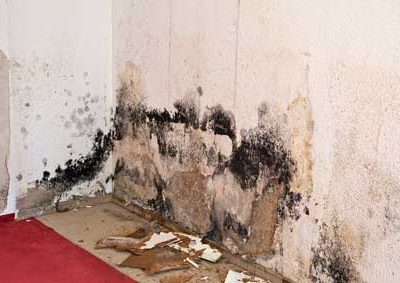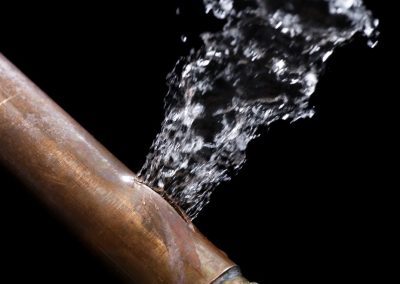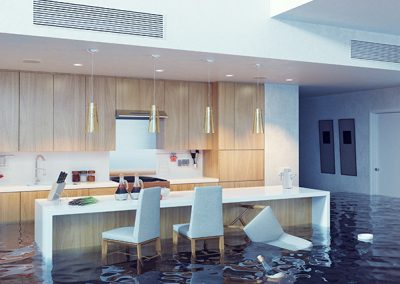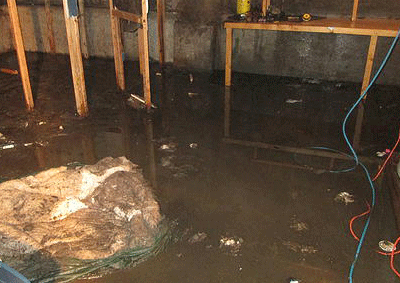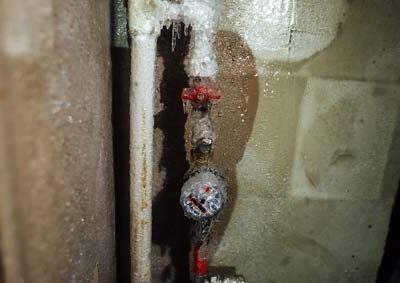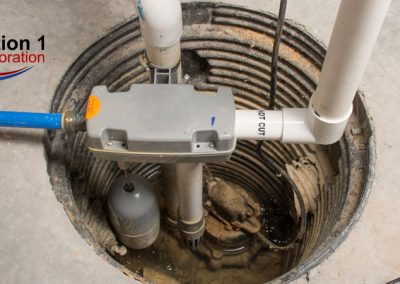What are the Dangers of Stagnant Water?
Call Us Today- Home
- /
- Water Damage
- /
- Stagnant Water Dangers
Beyond health concerns, stagnant water causes significant property damage when left unchecked. We frequently see cases where standing water deteriorates building materials, weakens structural integrity, and creates perfect conditions for mold growth throughout affected areas. The longer water sits stagnant, the more extensive and costly the damage becomes to walls, flooring, and personal belongings.
Addressing stagnant water promptly is crucial for both health protection and property preservation. We recommend immediate water extraction and thorough drying of affected areas to prevent these dangers from developing in your home or business. Professional assessment can identify hidden pockets of moisture that might otherwise develop into more serious problems in the coming weeks and months.
What is Stagnant Water?
We commonly find stagnant water in various settings, including puddles after rainfall, clogged gutters, unused swimming pools, and areas with poor drainage around homes or buildings. It can also form in basements after flooding events when water isn’t properly removed.
Unlike flowing water, which naturally purifies itself through movement and oxygenation, stagnant water becomes a breeding ground for bacteria, viruses, parasites, and fungi. These microorganisms multiply rapidly in still water conditions, particularly in warmer temperatures.
Stagnant water is characterized by several noticeable features:
- Discoloration (often becoming murky or greenish)
- Unpleasant odor
- Surface film or scum
- Visible algae growth
- Presence of mosquito larvae or other insects
The contamination in stagnant water can come from various sources, including soil, decaying organic matter, animal waste, or chemical runoff. As the water remains motionless, these contaminants concentrate rather than being diluted or carried away.
We consider stagnant water an environmental hazard because it not only damages property but also poses significant health risks to humans and animals who come into contact with it or consume it.
Understanding Stagnant Water and Its Consequences
Health Risks
Moisture from water damage promotes dangerous mold growth within 24-48 hours. Exposure to mold spores can trigger respiratory issues, allergic reactions, and asthma attacks in sensitive individuals. Those with compromised immune systems face even greater risks.
Standing water often contains harmful bacteria, especially when the source involves sewage backups or floodwater. These contaminants can cause gastrointestinal illnesses, skin infections, and other health problems through direct contact or ingestion.
The increased humidity from water damage can exacerbate existing respiratory conditions and create uncomfortable living conditions. It’s particularly dangerous for elderly people and those with chronic health conditions.
Property Risks and Damage
Electronic systems and appliances exposed to moisture often short-circuit or develop dangerous electrical issues. This creates fire hazards and expensive replacement costs for homeowners.
Flooding and persistent moisture damage foundations through hydrostatic pressure. This can cause cracks, shifting, and long-term instability that requires costly professional repairs.
Water-damaged items like furniture, carpeting, and personal belongings often develop odors that permeate throughout the building. These smells can be difficult to eliminate without professional intervention.
Common Sources of Stagnant Water:
- Burst or leaking pipes
- Roof damage and leaks
- Appliance failures (washing machines, dishwashers)
- Natural disasters (floods, hurricanes)
- Poor drainage around foundations
- Sewage backups
- High humidity conditions
Classification Types:
| Category | Source | Contamination Level | Response Needed |
|---|---|---|---|
| Clean Water | Broken pipes, rain | Minimal | Quick drying |
| Gray Water | Washing machines, toilets | Moderate | Sanitization |
| Black Water | Sewage, flooding | Severe | Professional remediation |
Early warning signs include water stains, musty odors, warped materials, and unusual dampness. We recommend regularly checking basements, attics, and areas around plumbing fixtures for these indicators.
Frequently Asked Questions
Stagnant water presents numerous risks to both health and property that homeowners should be aware of. The following questions address common concerns about water damage and provide practical guidance for prevention and remediation.
What health risks are associated with stagnant water in a home environment?
Harmful bacteria, parasites, and fungi thrive in damp environments, posing respiratory health risks. People with asthma or allergies are especially vulnerable to these airborne contaminants.
Mold growth is another significant concern in areas with stagnant water. Exposure to mold spores can cause allergic reactions, respiratory problems, and in some cases, more severe health complications.
How can stagnant water contribute to property damage over time?
Drywall and insulation materials deteriorate when wet, requiring costly replacement. Metal elements like pipes and fasteners may corrode, further threatening a building’s stability.
Electrical systems exposed to water create serious fire hazards and can necessitate complete rewiring. Foundation damage may occur as water saturates and weakens the soil beneath structures.
What specific diseases can humans contract from exposure to stagnant water?
Bacterial infections such as leptospirosis can be contracted through skin contact with contaminated water. This bacterial disease can cause liver damage and respiratory issues if left untreated.
Skin rashes and infections commonly develop after exposure to stagnant water containing pollutants, chemicals, pesticides, or animal waste. These conditions may require medical attention if symptoms persist.
What measures can be taken to prevent the formation of stagnant water pools?
Proper grading around foundations directs water away from buildings. The ground should slope away from structures at a rate of about one inch per foot for at least six feet.
Promptly repairing plumbing leaks and water intrusion points prevents moisture buildup. Even small leaks can create significant damage and stagnant water problems if left unaddressed.
How does stagnant water differ from standing water in terms of potential hazards?
Stagnant water contains higher levels of bacteria, parasites, and decomposing organic matter. The longer water remains stagnant, the more dangerous it becomes as oxygen levels decrease and harmful microbes increase.
The odor of stagnant water is distinctive due to hydrogen sulfide gas produced by anaerobic bacteria. This “rotten egg” smell serves as a warning sign of potentially hazardous conditions.
Can the presence of stagnant water in pipes impact water quality and safety?
Metal pipes exposed to stagnant water may corrode more quickly, releasing lead or copper into drinking water. Regular flushing of rarely used faucets helps maintain water quality.
Water heaters with insufficient temperature settings can create environments for bacterial growth. We recommend maintaining water heater temperatures between 120-130°F to balance safety concerns with pathogen control.
Learn More About Our
Related Articles



